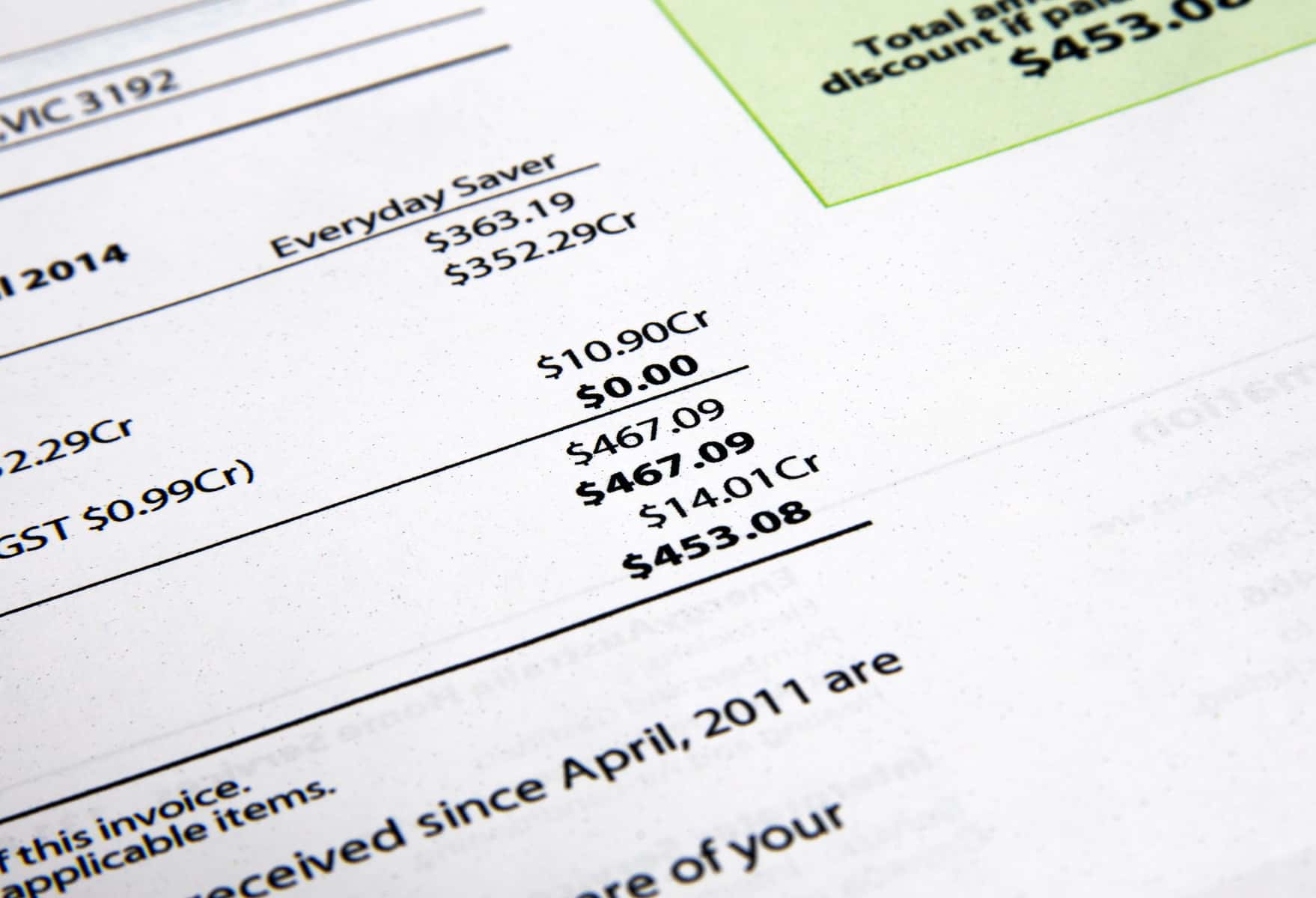
In the current market paradigm, central regulators typically set prices for electricity. Fixed pricing schemes set the same price for electricity on an August afternoon as on an early morning in March, even though the demand for electricity differs greatly from its supply. Because prices are fixed, consumers do not get a price signal to conserve when resources are scarce. Smart technologies open the door for an information-enhanced market in which electricity prices fluctuate rapidly based on demand and supply. Doing so lets utilities connect directly with consumers to encourage responsible resource use.

Similarly, water prices remain constant despite demand fluctuations. Many agricultural and industrial customers pay water prices that are very low because they are highly subsidized from government projects such as dams. Because the price for water is so inexpensive for these users, it is actually less costly to waste water than to invest millions of dollars for advanced equipment that uses water more efficiently. By allowing water prices to move up and down with supply and demand—similar to what happens with other commodities like gasoline and food—operators would gain an incentive for conserving rather than wasting their resources.
Consumer prices for energy and water in the United States are cheaper than those in almost ever other more economically developed country (MEDC). Low prices discourage conservation because they signal an abundant resource not worth saving. European and Japanese consumers consume less energy and water per capita partially because their prices are higher; more expensive utility bills encourage conservation. Fixed price models for either energy or water encourage unchecked consumption. If utility bills stay the same no matter how much a household consumes, then there is little incentive to reduce usage. Furthermore, volumetric discounts, by which the price per liter (gallon) decreases as consumption increases, discourages conservation as consumers chase a better deal.

While higher prices encourage conservation, they also run the risk of making critical resources too expensive for people living in poverty. One way to manage these competing needs—keeping resources affordable and therefore accessible, while allowing prices to rise to encourage conservation—is to use inverted block pricing. In this scenario, a modest amount of water and energy would be available for a very low cost to everyone as a basic human right for critical functions such as drinking, eating, cooking, washing, and hygiene. However, beyond these low levels of necessary consumption, prices would increase for luxurious uses, such as watering lawns and washing cars.
In this inverted block pricing system, the first increment of electricity and water—for example, the first 500 kilowatt-hours (kWh) of electricity consumption over a month and the first 7,500 liters (2,000 gallons) of drinking water—remain inexpensive. People using resources for basic functions such as refrigeration, lighting, heating, drinking, and washing could procure energy and water at a reasonable cost. Above that, price tiers gradually become more expensive. Instead of rates dropping as consumption increases, rates increase. That structure has been implemented for water in Irvine, California, and El Paso, Texas, and for electricity in many locations.
Image Credits: gmstockstudio/Shutterstock.com; vipman/Shutterstock.com; LunaseeStudios/Shutterstock.com.
Update your browser to view this website correctly.Update my browser now